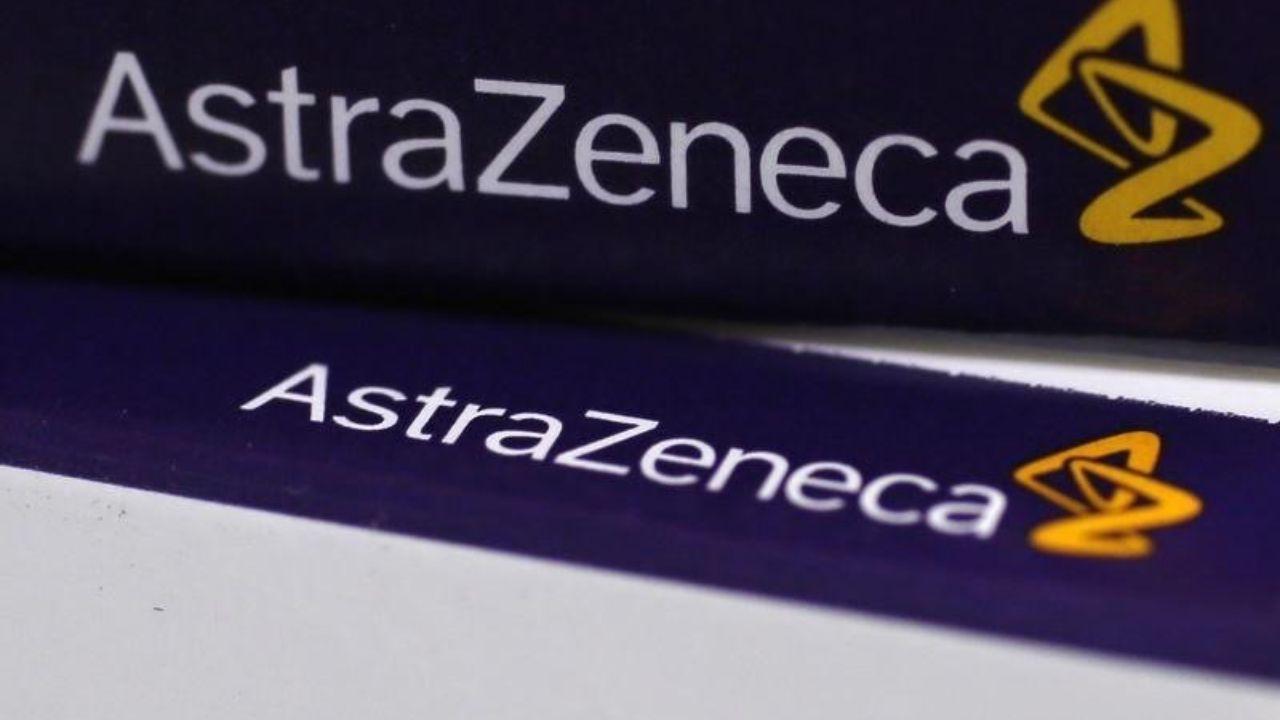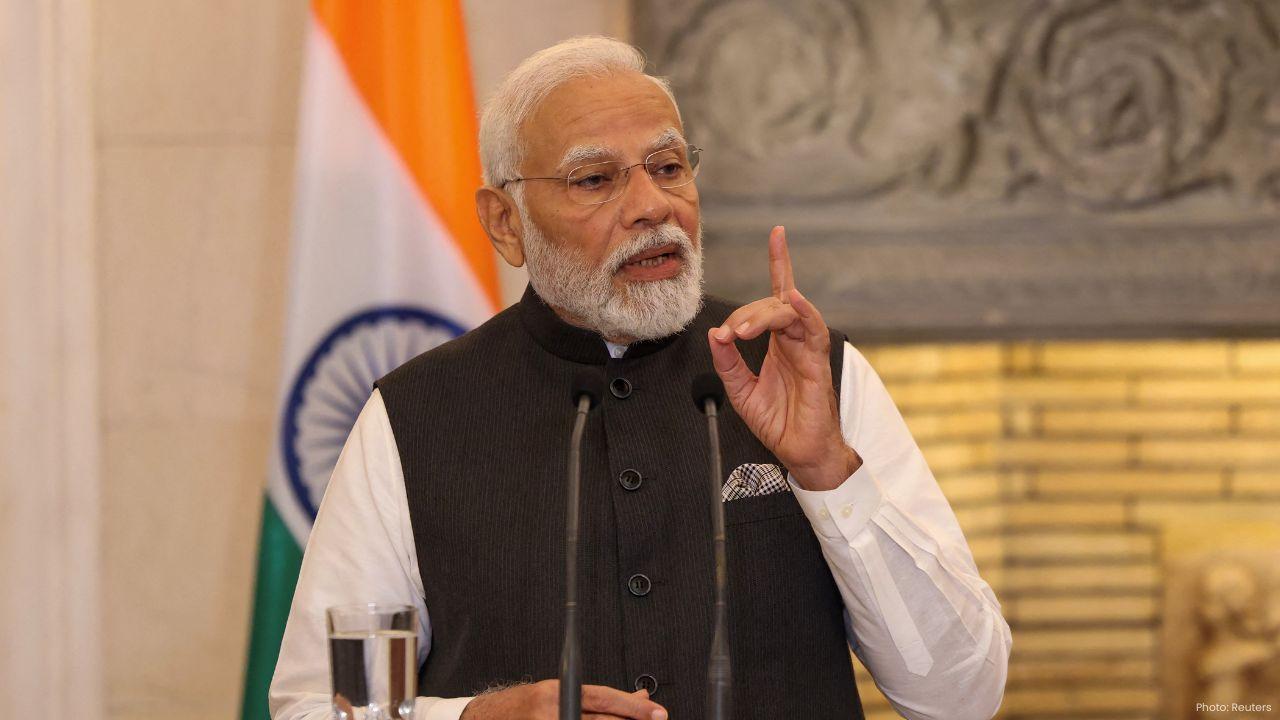
Post by : Avinab Raana
Photos : X / Investing.com Mexico
AstraZeneca saw its shares drop about three percent today after a sharp rating cut from its brokerage and news that it has paused a major UK investment. The market reaction was swift and firm as investors absorbed what many view as signs of slipping confidence in AstraZeneca’s near-term path and its ability to meet ambitious revenue targets.
The downgrade came from a respected investment house that cited concerns over AstraZeneca’s goal to reach eighty billion dollars in annual revenue by 2030, calling that target overly optimistic. Analysts pointed out that delivering that level of revenue would demand both accelerated product launches and sustained regulatory approvals, areas where the company has run into historic delays.
AstraZeneca has paused a planned two-hundred million pound investment into its Cambridge research facility. That pause signals internal reassessment of priorities and cash allocation. The facility had been seen as key for the company’s long-term R&D pipeline, especially in oncology. Halting the investment has rattled stakeholders who expected more capital toward innovation in its home market.
With these developments, AstraZeneca’s stock underperformed broader healthcare indices, reflecting investor worry that growth targets may be harder to achieve. The drop in share price is the steepest since earlier in the year, injecting uncertainty among analysts and shareholders alike about how soon the company can bounce back.
Despite the rating downgrade and investment pause, AstraZeneca retains a strong pipeline of blockbuster cancer therapies and other promising drugs. Executives are likely leaning on these programs to reassure markets. Investors are assessing whether the company’s current plans will suffice to sustain growth given the rising costs of development and regulatory hurdles.
AstraZeneca does not operate in a vacuum. Peer drugmakers are accelerating innovation, launching new drugs, and investing heavily in platforms like immunotherapy, gene therapy, and precision medicine. The competitive pressure increases the stakes for any company that signals hesitation or delay in its investment strategies.
The eighty billion dollar revenue goal by 2030 has long been a talking point in AstraZeneca’s communications strategy. It served as a signal to investors that the company expects major advances in product approvals, market expansion, and pricing power. The rating cut suggests that some believe those factors may be under-estimated in the company’s internal planning.
Drug development carries heavy costs and long timelines. Trials can fail, regulatory decisions can stall. Added to that, inflation in production costs, supply chain disruptions, and competition for talent are all headwinds. AstraZeneca will need careful execution to manage those risks, especially as it appears to slow down investments in key domestic infrastructure.
Pausing the research centre investment may indicate a strategic shift toward more cautious capital deployment. It might be seen as risk avoidance, or a pragmatic response to uncertainty in external conditions. Uncertainty around regulatory frameworks, global health priorities, and reimbursement policies all feed into decisions about where to invest next.
In the UK, AstraZeneca’s move draws attention from policymakers. Government officials may view the pause not only as financial caution but also as a signal about the country’s attractiveness for R&D spending. In times when innovation hubs are competing globally, political leaders tend to react to any pullback by flagship companies with concern.
Investors care deeply about both performance and credibility. When targets seem distant or investments stall, trust can erode. A strong drug pipeline can help maintain confidence, but execution matters. For AstraZeneca, how transparently it communicates its updated outlook will weigh heavily in how it restores or retains investor trust.
The coming weeks will be crucial. Investors will watch for updates to the company’s revenue forecast, clarity on R&D spending, regulatory filings, trial progress, and possibly commentary on whether the paused investment will be resumed or restructured. Demonstrations of cost discipline coupled with forward momentum in its pipeline will be essential to reversing negative sentiment.
AstraZeneca stands at something of a crossroads. The rating cut and investment pause send a message that ambition must be matched by delivery, and cautious capital allocation now competes with long-term innovation. The drugmaker’s promising product pipeline offers hope but walking the delicate line between tempered optimism and bold science will define its near-term trajectory. In an industry where breakthroughs are years in the making, shareholders will be watching not just for what AstraZeneca promises, but for what it delivers.
Rating cut, Investment pause, Revenue goal










Bengaluru-Mumbai Superfast Train Approved After 30-Year Wait
Railways approves new superfast train connecting Bengaluru and Mumbai, ending a 30-year demand, easi

Canada Post Workers Strike Halts Nationwide Mail and Parcel Services
Canada Post halts operations as CUPW strike disrupts mail and parcel delivery nationwide amid disput

PM Modi Launches BSNL ‘Swadeshi’ 4G Network, 97,500 Towers Built
India enters global telecom league as PM Modi inaugurates BSNL’s indigenous 4G, connecting 26,700 vi

India’s Iconic MiG‑21 Takes Final Flight After Six Decades of Service
After 60 years India retires its MiG‑21 fighter jet, a legendary yet controversial warplane marking

Hindustan Zinc unveils AI hotspot monitoring at Debari smelter
Hindustan Zinc launches AI-powered Switchyard Hotspot Monitoring at Debari smelter to cut outages bo

Chinese experts worked inside sanctioned Russian drone plant
Chinese drone specialists visited IEMZ Kupol supplying parts and drones via intermediaries, deepenin